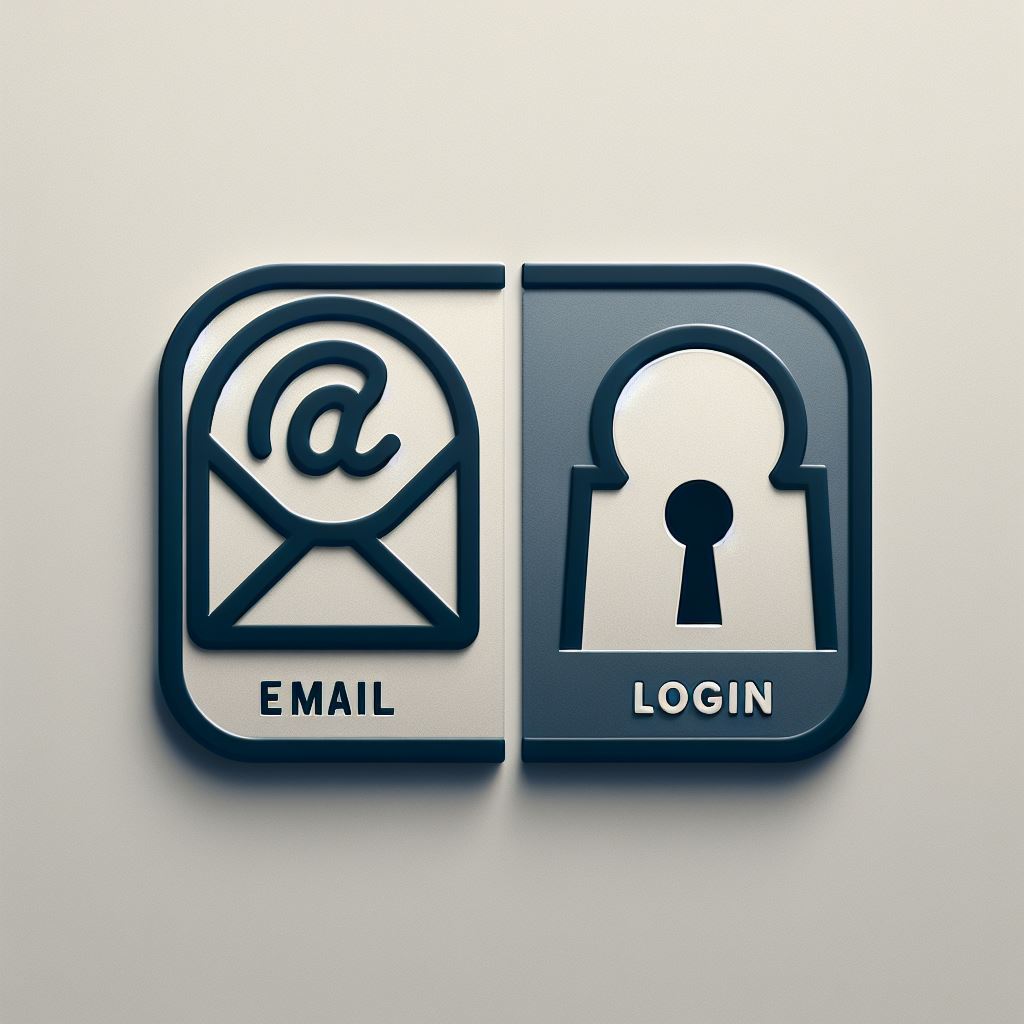In the realm of business intelligence and data analytics, the delivery of reports plays a pivotal role in disseminating insights and driving informed decision-making to as many users as possible. Traditionally, organizations have relied on email attachments as a primary means of distributing reports to stakeholders. However these were mainly static PDF reports. The development of business intelligence platforms offered an alternative approach to accessing and interacting with data online. This approach requires users to log in portals and learn new tools. The sophisticated dynamic HTML allows to distribute interactive reports directly in email without loss of functionality. In this article, we explore the underlying reasons why individuals often prefer receiving reports as email attachments over logging into business intelligence platforms.
One of the key factors contributing to the preference for email attachments is the inherent convenience and familiarity associated with this delivery method. In a world where individuals are inundated with a barrage of emails on a daily basis, receiving reports directly in their inbox eliminates the need to navigate through multiple platforms or systems to access critical information. Email attachments provide a straightforward and hassle-free means of accessing reports, allowing recipients to view, save, and share them at their convenience without the need for additional logins or authentication processes.
Furthermore, email attachments offer a sense of control and autonomy to recipients, enabling them to manage and organize reports according to their preferences. Unlike business intelligence platforms where access may be governed by permissions or user roles, email attachments empower recipients to archive, categorize, and prioritize reports within their existing email workflow. This level of autonomy enhances user satisfaction and efficiency, as individuals can easily retrieve and reference reports without being dependent on external systems or IT support and online connections.
Moreover, the interactive nature of modern email attachments presents a significant advantage over static formats. Advances in dynamic HTML technology allow for the integration of interactive elements such as clickable charts, drill-down capabilities, dynamic filters, and analytical calculations within the attachments. This enhanced interactivity provides recipients with a more engaging and immersive experience, enabling them to explore data insights and make informed decisions directly from within the attachment in their email.
Additionally, the offline accessibility of email attachments remains a compelling feature in scenarios where internet connectivity may be limited or unreliable. Unlike business intelligence platforms that require a stable internet connection for real-time data retrieval and visualization, email attachments provide a self-contained snapshot of information that can be accessed and reviewed offline. This feature is particularly valuable for individuals who work in remote or field-based environments where internet access may be intermittent or unavailable. After all, less than 5% of all reports require real-time connection.
Another compelling reason why people prefer email attachments over business intelligence platforms is the perceived security and confidentiality of information. While modern business intelligence platforms offer robust security features such as encryption, access controls, and audit trails, some individuals may harbor concerns about the privacy of sensitive data stored within these platforms. Email attachments, on the other hand, provide a tangible sense of security and control, as recipients can directly manage the distribution and access of reports within their email environment. This is especially true for customer-facing applications where the recipient is not an employee of the company.
Furthermore, the asynchronous nature of email communication aligns with the diverse schedules and priorities of recipients, allowing them to review reports at their own pace without being constrained by real-time data updates or system availability. Unlike business intelligence platforms that may require users to log in at specific times or intervals to access the latest insights, email attachments enable individuals to consume information on their terms, thereby enhancing flexibility and user experience.
In conclusion, email attachments continue to be a preferred mode of report delivery for many individuals due to their convenience, familiarity, and interactive capabilities. Organizations should strive to strike a balance between convenience and functionality by leveraging the strengths of both delivery methods (dynamic HTML attachments vs log-in BI systems) to meet the diverse needs and preferences of stakeholders. By embracing a holistic approach to report delivery, organizations can maximize user engagement, drive data-driven decision-making, and unlock the full potential of their data assets.
To Learn more about how to create interactive bank statements, contact us.
Dr. Rado

